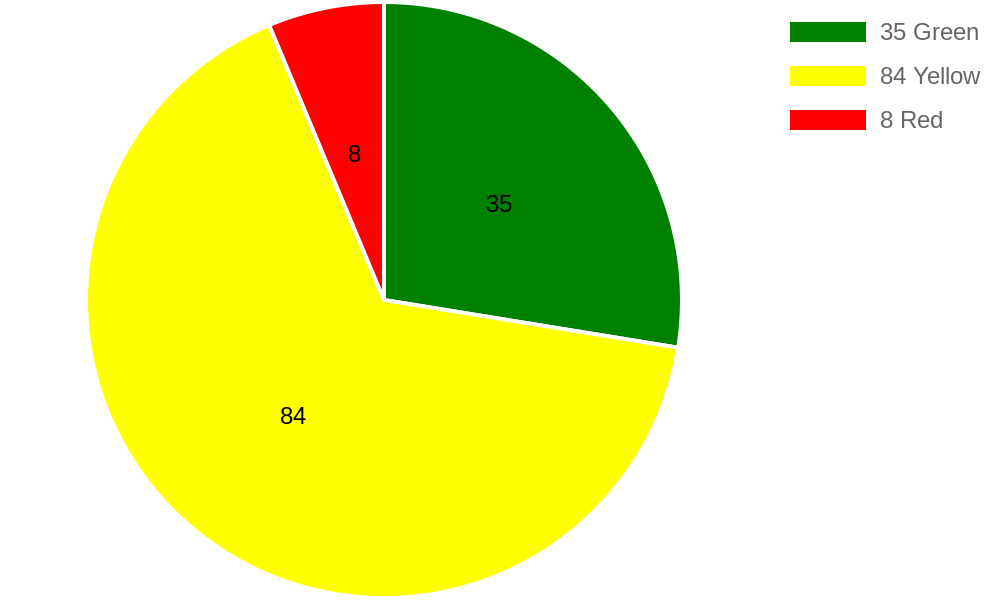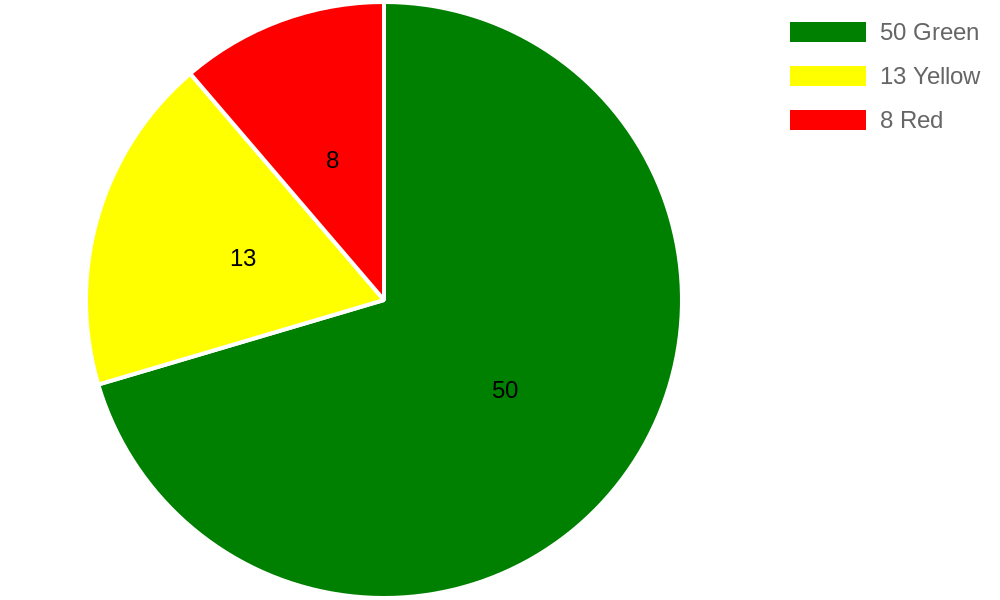This topic – of inviting foreign universities to start operations in India – has been a recurrent theme for a couple of decades in discourses on HE in India. Recently, UGC has announced guidelines for foreign universities. There were some earlier attempts also to invite foreign universities, which did not pan out. Let us see how the current scheme will pan out.
In this note I want to share some thoughts on what can be role of a university set up in India by a foreign university, and what may be the key requirement for inviting such universities. Let us first be clear that what is being envisaged is establishing of universities in India (presumably by some act) – though the university will be “Owned” by a foreign university and will likely bear the name/brand of the foreign university. But the university established in India will have to be a full-fledged university in its own right – operating as per its act and rules and regulations (and laws of the land).
But why should we as a country invite foreign universities to start universities in India. The reason is essentially the same as for other sectors where we allow foreign companies with expertise to start operations – to satisfy some local demand and to provide some long term benefit (e.g. by improving the overall functioning of the sector, developing talent, bring in new practices, etc.) At a concept level, when private entities are allowed to establish universities in India, there seems little reason to disallow a foreign university to start a university. In fact, it can be argued that as the foreign university is in the business of academics, it may be a better entity to start a university.
Let us start with what are our needs for which we would like to invite foreign universities. I see two main needs.
First is to help satisfy the demand for good quality higher education. While we have a huge HE system and pretty much anyone who wants to do higher education can get admission in some college (in Engineering – the supply of seats seems to be more than the demand), there is an acute shortage of good quality higher education. Of the 40000+ HEIs (including universities and colleges) that provide HE, maybe 10% can be considered as providing good quality education (many will argue that only about a 100 do so). In other words, while there is an ample supply for HE seats, seats for good quality education are in extreme short supply. This leads to people with means sending their children abroad for undergraduate studies. It also leads to extreme competition for qualifying for these few good quality seats (whether in government institutions like IITs/NITs/IIITs or in private institutions providing high quality education like BITS.) One clear expectation from foreign universities is that universities they establish will provide good quality education, thereby expanding the availability of such opportunities in India. (The current UGC guidelines discuss the quality of education at some length.)
The second need we have is to have more good quality researchers and scientists, i.e. good quality PhD graduates. PhD graduates are needed for our expanding HE system as well as for progress and growth in the emerging knowledge based economy. There is no doubt that in future lack of good quality researchers will hit the country in many ways – as expertise and capability to create and leverage knowledge is increasingly becoming critical in many sectors. And there is a huge shortage of PhDs of decent quality in our country. The result is that most of our HEIs have faculty without PhDs – something we are unlikely to see in universities in US, UK, Australia, Europe or even China, where most faculty for HE have PhDs. So, the second expectation from a foreign university should be that they will have a substantial PhD program. (The current UGC guidelines do not dwell upon this.)
Just combining these two key needs, I would suggest that the goal of having universities established by foreign universities is: provide high quality education at UG and Masters level to as many students as possible, and produce as many PhDs as possible.
An interesting observation is that these two needs are quite different from financial perspective for a university. While education (UG or Masters) generates revenue for universities, PhD programs are cost centers – PhD students are given stipends across the world. With these two goals with financially different implications, it is possible to simplify the criteria for allowing universities to be started by foreign universities. We need to simply require that the locally established university must have some percent of its students as full time PhD scholars (say 20% of its students must be PhD students).
The implications of this requirement are many – mostly desirable. First, a foreign university that agrees to this condition is likely to be a good research university in its own country (e.g. those who belong to R1 category in US or those who are ranked high in some of the global rankings). Such a university will never compromise on its brand and will ensure that the quality of education and PhD training. So detailed rules/guidelines for guarding quality of education may be redundant.
Second, having a substantial PhD program will mean that most of its faculty will have to have PhDs. This will ensure a good quality faculty as these universities are not likely to dilute their standards for research faculty. This will further ensure good quality education.
Third, a large PhD program will necessarily means more research output from India – this will help further improve the research standing of the country as well as have some local problems researched (most foreign research universities, if they do research in India, are likely to more interested in working on unique challenges provided by the context.)
And finally, supporting a PhD has many cost implications. PhD students have to be provided with stipend and other support for research. Faculty to guide these PhD students have to be compensated well (and university cannot operate by having most faculty as part-time.) This will ensure that the university cannot easily become a “profit making entity” as a good portion of the surplus that may be generated from education programs will necessarily go in supporting the PhD program. This can address a concern that some have in India that foreign universities will come here only to make money. And it also provides value for strengthening our overall HE system by developing future faculty, making us more “aatmanirbhar” in future.
So just by requiring a substantial PhD program, not only will we achieve both the goals of good quality education and development of research manpower, some of the other perceived risks are mitigated. And so, with this as the key requirement, other requirements / regulations / rules can be minimised and the university can be given a freer hand in developing. This is also a requirement that can be easily verified (unlike any requirement on quality of education / faculty, or even financial issues.) To my mind, any regulation / guideline for establishing universities by foreign universities should make this as the central objective, and then provide them maximal freedom in operating.
While in India we often debate whether to allow foreign universities or not, I believe the main challenge in having foreign universities set universities here is to actually attract good universities to come to India. Why should a good research university from US, UK, Australia, Europe, … come to India to start a university? Each university which wishes to start a university here will have to provide its own answer to this question, which is likely to be a combination of financial aspects, access to talent, making an impact in the world, global branding, etc.
Financial viability is clearly going to be a prime concern – a foreign university establishing the university is not likely to view it as a philanthropic activity, so it will want to ensure that the university, at a minimum, is completely self financed in the long run – both in capital expenditure and on recurring front. This itself is a huge challenge as just the initial cost of land and establishing a campus itself can be very high. And globally (including in India) most examples of high quality private universities are those where the initial capital was provided by philanthropists. Here maybe some local philanthropist(s) can partner with foreign university for establishing the university. Making the university self sustaining on the recurring front is challenging but is possible (most private universities achieve this.)
Then there is the issue of the parent university benefitting financially from their venture in India. This may not be feasible for a decade or more of establishing a university as generating a surplus after covering initial capital is going to be challenging in India. Eventually when the university can generate sufficient surplus, the parent university will want to benefit from it. To support this interest in a transparent manner, it can be useful if Indian rules permit some remittance of royalty (I am not clear on what is the current position of GoI on this). As and when surplus is generated, they can be used to benefit the parent university in other ways also e.g. sponsoring research projects and PhD students, supporting faculty movement between parent and Indian entities, etc. In the short run also, the parent university can stand to gain financially by becoming a bigger brand in India which can lead to attracting students to its parent campus, having some twinning programs, etc.
Even if the university is financially self supporting, and even if the parent university benefits somewhat financially, I feel financial incentives will not provide sufficient motive to establish a university. And indeed financial gains should not be touted as the main attraction for foreign universities to set universities here (as has been done in some oil rich countries.) The foreign university will need to have other compelling reasons to come to India. These can be access to talent, to contribute to global development, to have an academic research base in India to address the research challenges faced in countries like India which are often different than those faced in developed countries, become a global brand in HE, … etc. Finding the right purpose(s) of establishing a university locally is beyond the policy / regulations etc – and will involve deep discussions with universities who are willing to at least explore the possibility and some local stakeholders, including the government. But if some good universities start universities in India with the condition stated above, it will be a good thing for the Indian higher education.




